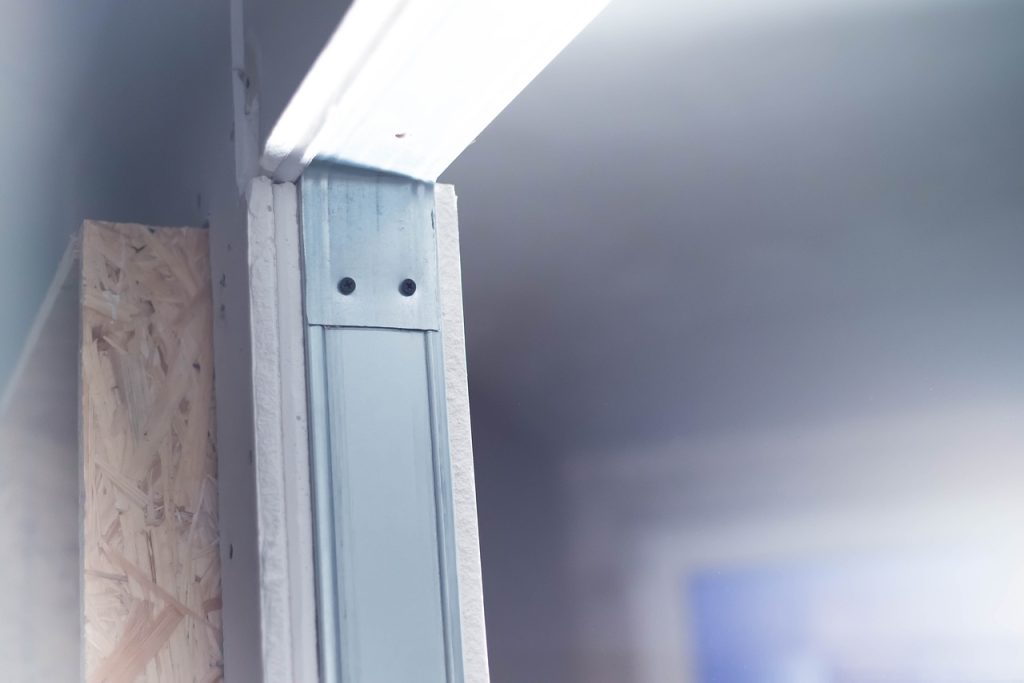A Wall anchor, often termed as wall plug, has long been a staple in construction projects—both commercial and residential. These small yet mighty devices ensure that fixtures remain tightly affixed to walls, regardless of the wall material. They have evolved significantly over the years, moving from basic design to more sophisticated forms to cater to various construction needs.
Here, we delve into their diverse uses in both commercial and residential settings in Australia.
1. Hanging Heavy Objects:
The primary use of wall anchors is to hang heavy objects on walls, especially in cases where the wall’s material would not support the weight without help. For instance, in a residential setting, one might use wall anchors to hang heavy paintings, mirrors, or shelves, ensuring that they remain steadfastly in place. Similarly, in commercial environments, they might be used to hang signage, display boards, or large fixtures.
2. Drywall Installations:
The very nature of drywall makes it ill-suited to support heavy loads. Hence, when homeowners or businesses aim to mount TVs, large framed artworks, or heavy-duty racks on drywall, anchors become indispensable. They distribute the load across a larger area of the wall, preventing any undue stress on a singular point.
3. Securing Furniture:
In areas prone to earthquakes or where child safety is a concern, wall anchors can be utilised to secure furniture to the walls. This is particularly essential for tall and heavy items like bookshelves or cabinets, which might tip over under certain circumstances. Anchoring them provides an added layer of safety.
4. Facilitating External Fixtures:
For commercial buildings, sometimes it’s necessary to fix large items outside, such as commercial signage, outdoor lights, or banners. Given the exposure to elements and the importance of these fixtures’ safety, wall anchors provide the needed stability and peace of mind.
5. Addressing Different Wall Materials:
Not all walls are made equal. While drywall is common in many homes, there’s also plaster, brick, concrete, and wood to consider. Different materials require different types of wall anchors. For instance, while a plastic expansion anchor might work well with drywall, a masonry anchor would be required for concrete or brick walls. The versatility of anchors ensures that there’s a type suited for every kind of wall.
6. Enhancing Thermal Insulation:
Some specialised wall anchors are designed to provide thermal insulation, particularly in commercial buildings. These thermal anchors minimise the heat transfer through the wall, ensuring a more energy-efficient environment. This is increasingly crucial as energy conservation and green building practices gain traction across the country.
7. Securing External Structures:
In some architectural designs, particularly in commercial constructions, there are external structures like awnings, canopies, or external staircases. Wall anchors ensure these structures are not just supported but are also durable against various external forces like wind or heavy loads.
Finally, wall anchors are unsung heroes in the world of construction. Their versatility and strength make them indispensable tools, ensuring safety, durability, and sometimes even enhancing energy efficiency. Whether you’re looking to hang a simple picture frame in your living room or secure a massive signboard on a commercial building, there’s a wall anchor for every need. As construction methods and materials continue to evolve, so will the design and capabilities of wall anchors, making them even more integral to our building practices.


